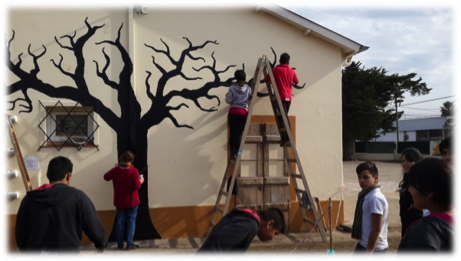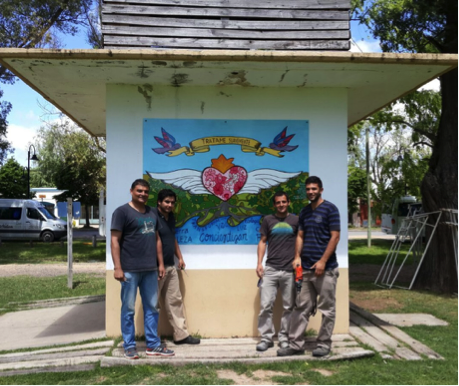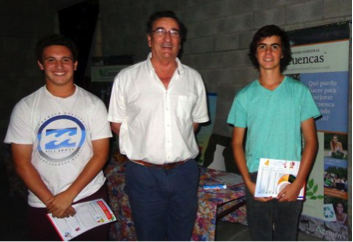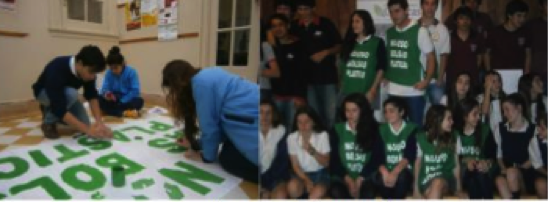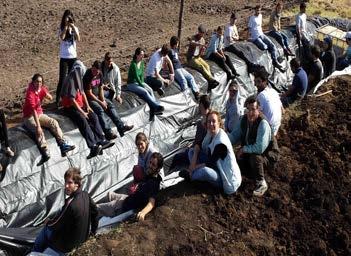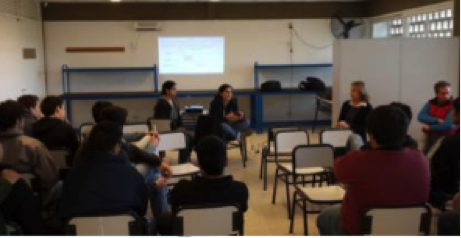2015, San Andres de Giles, Buenos Aires, Argentina
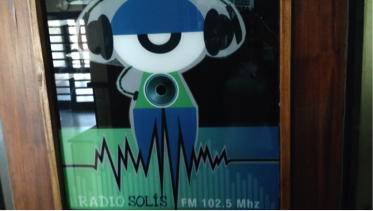 The students of this high school run their own radio show. Their project is to create a radio program to promote local birds and trees to the community, something they consider in need of better care.
The students of this high school run their own radio show. Their project is to create a radio program to promote local birds and trees to the community, something they consider in need of better care.
Patricia Laffrati, a sustainable journalist, assisted in the implementation of the project by giving a workshop to the students about radio programming and digital media. In the workshop they learnt how to create and program materials for the school.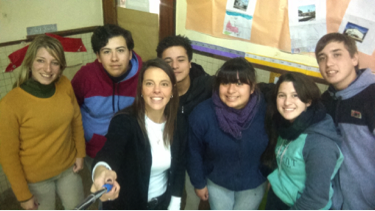
One highlight of this project for the students is that it is applicable to all school curriculum disciplines, meaning everyone can get involved. It not only educates the community on the
importance of the diversity of its flora and fauna, but the students learn more through these hands on, engaging experiences.

